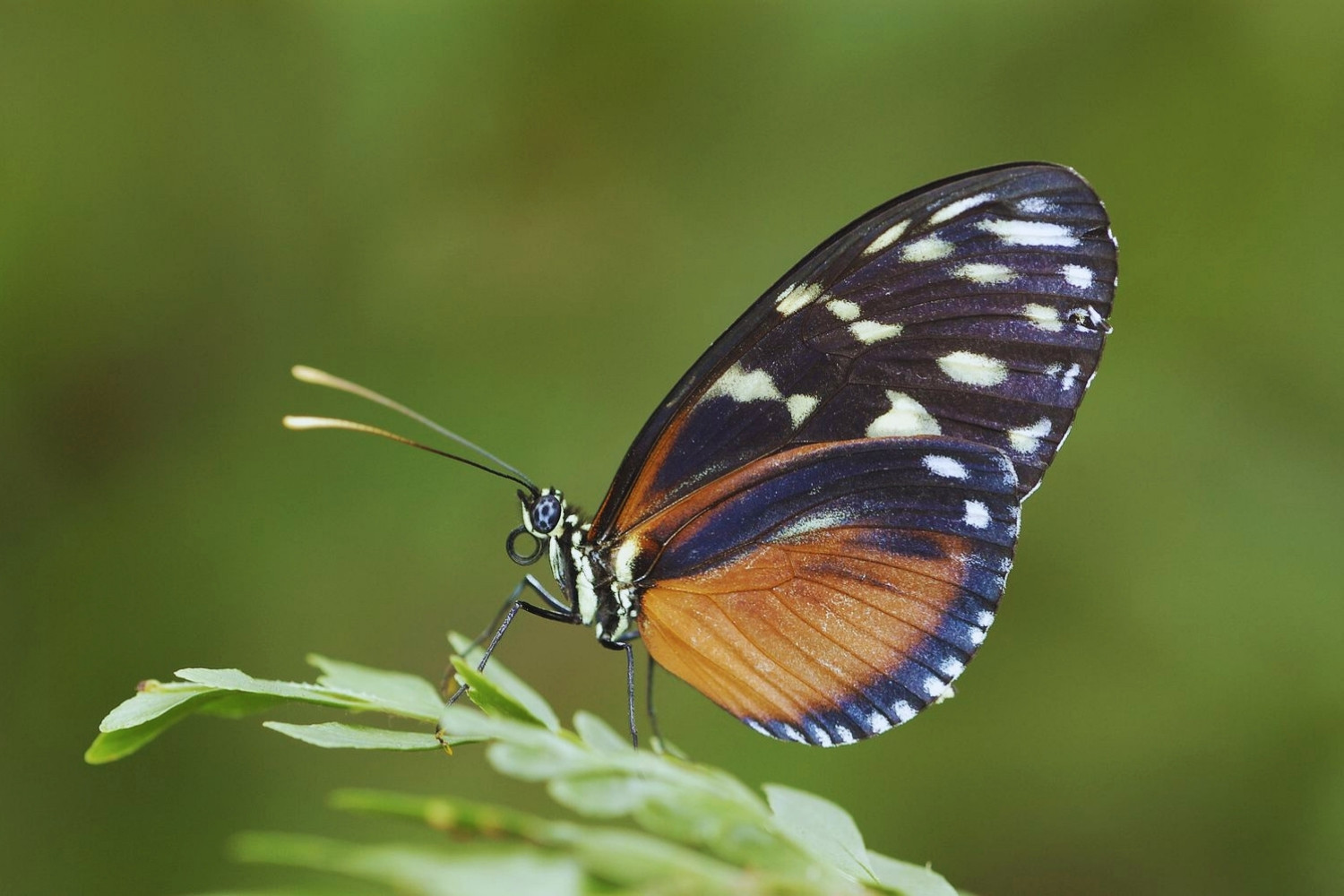
Müllerian mimicry is a fascinating survival strategy in nature where two or more harmful species evolve to look similar. This mutual resemblance helps predators learn to avoid them faster, benefiting all involved. Imagine a world where bees, wasps, and certain butterflies share similar warning colors. Predators quickly associate these colors with danger, reducing attacks on all species involved. This clever adaptation showcases nature's ingenuity in ensuring survival. Want to know more about how this works and which creatures use it? Keep reading to uncover 26 intriguing facts about Müllerian mimicry that will leave you amazed at nature's brilliance.
What is Müllerian Mimicry?
Müllerian mimicry is a fascinating phenomenon in nature where two or more harmful species evolve to look similar. This mutual resemblance helps predators learn to avoid them faster, benefiting all involved. Let's dive into some intriguing facts about Müllerian mimicry.
-
Named After Fritz Müller: The concept is named after the German naturalist Fritz Müller, who first described it in 1878.
-
Mutual Benefit: Unlike Batesian mimicry, where a harmless species mimics a harmful one, Müllerian mimicry involves two or more genuinely harmful species.
-
Predator Learning: Predators learn to avoid these species more quickly because they encounter the same warning signals more frequently.
-
Common in Insects: This type of mimicry is most commonly observed in insects, particularly butterflies and bees.
-
Color Patterns: Bright colors and bold patterns are typical warning signals used in Müllerian mimicry.
Examples of Müllerian Mimicry
Several species exhibit Müllerian mimicry, making it a widespread and effective survival strategy.
-
Heliconius Butterflies: Many species of Heliconius butterflies in South America share similar color patterns, making it easier for predators to recognize and avoid them.
-
Poison Dart Frogs: Different species of poison dart frogs in Central and South America often have similar bright colors, signaling their toxicity.
-
Bees and Wasps: Many bees and wasps share yellow and black stripes, a universal warning sign for potential predators.
-
Milkweed Butterflies: Monarch and Viceroy butterflies are classic examples, both being toxic and sharing similar appearances.
-
Coral Snakes: Various species of venomous coral snakes exhibit similar red, yellow, and black banding patterns.
Evolutionary Advantages
Müllerian mimicry offers several evolutionary benefits that enhance the survival of the species involved.
-
Faster Predator Education: Predators learn to avoid harmful species more quickly, reducing the number of individuals that need to be sacrificed.
-
Shared Risk: The risk of predation is spread across multiple species, reducing the impact on any single species.
-
Enhanced Survival Rates: Species involved in Müllerian mimicry tend to have higher survival rates due to the shared warning signals.
-
Genetic Diversity: This mimicry can lead to greater genetic diversity within the species, as individuals with more effective warning signals are more likely to survive and reproduce.
-
Stabilizing Selection: Müllerian mimicry can lead to stabilizing selection, where extreme variations are less favored, maintaining the effectiveness of the warning signals.
Misconceptions About Müllerian Mimicry
Despite its well-documented nature, there are several misconceptions about Müllerian mimicry.
-
Not Always Perfect: The mimicry doesn't have to be perfect; even slight resemblances can be effective.
-
Not Limited to Color: While color is a common signal, other traits like behavior and sound can also be involved.
-
Not Just for Predators: Some species use Müllerian mimicry to avoid other threats, such as parasites or competitors.
-
Dynamic Process: Müllerian mimicry is not static; it can evolve over time as species and their environments change.
-
Multiple Mimicry Rings: In some ecosystems, multiple mimicry rings can exist, where different groups of species share different warning signals.
Scientific Studies and Discoveries
Research continues to uncover new aspects of Müllerian mimicry, shedding light on its complexity and effectiveness.
-
Genetic Basis: Studies have identified specific genes responsible for the color patterns in Müllerian mimics.
-
Behavioral Studies: Research has shown that predators can learn to avoid mimics more quickly when they encounter them more frequently.
-
Ecological Impact: Müllerian mimicry can influence the structure of ecosystems by affecting predator-prey dynamics.
-
Climate Change Effects: Climate change can impact the effectiveness of Müllerian mimicry by altering habitats and the distribution of species.
-
Human Influence: Human activities, such as habitat destruction and pollution, can disrupt Müllerian mimicry systems.
-
Technological Advances: Advances in technology, such as genetic sequencing and computer modeling, are helping scientists better understand the mechanisms behind Müllerian mimicry.
The Fascinating World of Müllerian Mimicry
Müllerian mimicry is a brilliant example of nature's ingenuity. Different species evolve to look alike, creating a shared warning signal to predators. This mutual protection benefits all involved, reducing the chances of any one species being eaten. It's a win-win situation in the animal kingdom.
Understanding this phenomenon helps us appreciate the complexity of evolutionary biology. It shows how species can work together for survival, even if they're not consciously aware of it. This cooperation through mimicry highlights the interconnectedness of life on Earth.
Next time you see a brightly colored butterfly or a strikingly patterned snake, remember they might be part of this fascinating survival strategy. Nature's creativity knows no bounds, and Müllerian mimicry is just one of its many wonders. Keep exploring, and you'll find countless more examples of how life adapts and thrives in the wild.
Was this page helpful?
Our commitment to delivering trustworthy and engaging content is at the heart of what we do. Each fact on our site is contributed by real users like you, bringing a wealth of diverse insights and information. To ensure the highest standards of accuracy and reliability, our dedicated editors meticulously review each submission. This process guarantees that the facts we share are not only fascinating but also credible. Trust in our commitment to quality and authenticity as you explore and learn with us.
